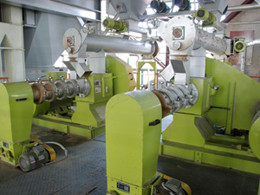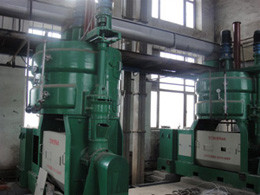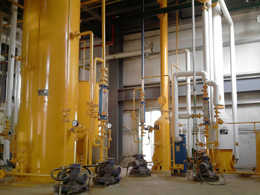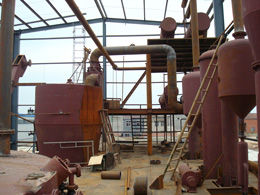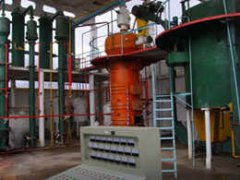Castor Oil Plant
Upto the beginning of the 20th Century, the main use of castor was to extract castor oil to use it in the machine manufacturing, mainly as a purgative. Now the bulk of crop is utilized in industry. It is water resistant and is used for waiting fabrics and their protective coverings. It is used in the manufacture of high - grade lubricants, soap and printing inks, on textile dying and for preserving leather. The dehydrated oil is an excellent drying agent which compares favourably with tung oil and is used in paints and varnishes. The hydrogenated oil is used in the manufacture of waxes, plastics, carbon paper, candles and crayons. They are also used for plastics, ointments and cosmetics.
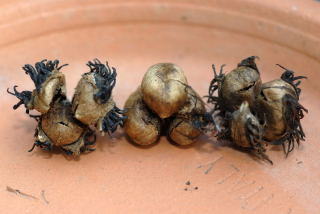
Process of Castor Oil Plant Production
1. Pressing Section of Castor Oil Plant
2. Extraction Section of Castor Oil Plant
3. Modification Section of Castor Oil Plant
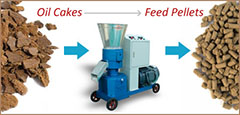



Want to set up a mini mustard oil mill of your own ? With the rapid ...
Mustards are part of the oilseed family and are regarded both as a s...
Interested in begin a small size corn oil extraction plant but dont ...
Do you want to make the edible rice bran oil at from using your mill...

